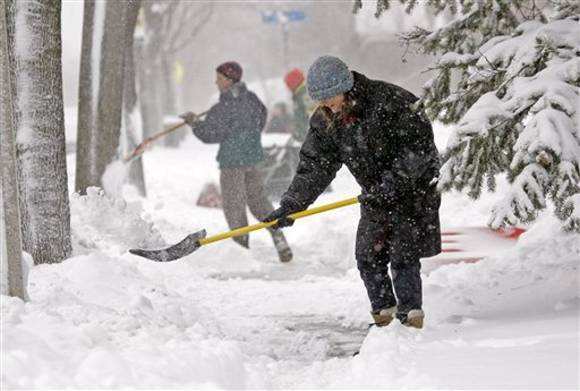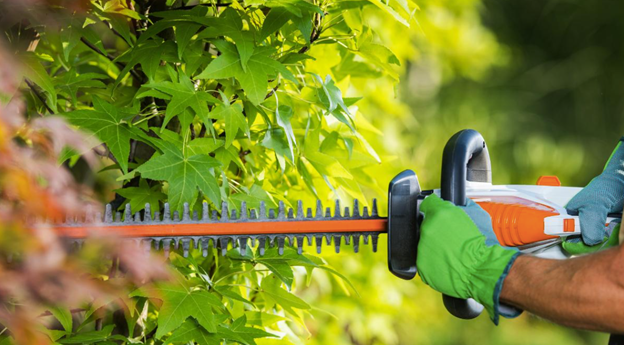Table of Contents
Grading Includes Everything
Grading may involve everything from raking the lawn to even it out for lawns or leveling a small slope to create an edging to the more extensive processes where a bulldozer cuts the earth and transports tones of soil. Homeowners might be worried about the various aspects of a problem with grading. Most often, one of them is controlling the flow of water. A lawn that is so level that the water gathers and remains for a while should be elevated (graded) to a certain point to allow drainage from the surface, particularly when it is surrounded by features for water in the garden, such as water fountains in outdoor areas or waterfalls dispelling the moisture.
It is not as important in the case of sandy soils. If there is no chance of grading and Leveling Downriver MI it in a single direction, it can be graded to an incline of a small amount, either toward the center or toward where a catch basin joins with a sewer outlet or another maybe near a road or drive. In the event that this fails an empty well is made. A hole is three up to 4 feet in depth and equal large. Large rocks or large stones are thrown down the bottom, and smaller stones are placed on top, followed by gravel, a few inches of crushed cinders, or ashes, and finally, soil. A string level, line, or a carpenter’s s level placed against the straight edges of an item of lumber, is used to determine the proper pitch.

Let A Drop Of A One-Eighth Inch For Every Foot Run. In 25 Feet, That Is The Drop Of Three And One-Eighth Inches From The Ground
Install levels at different distances, and then drive wooden pegs on the low and high locations. The pegs are marked with a number to indicate the final surface or grade. A slope that is a distance from the building and wasn’t addressed in the course of construction can cause problems. This could be uncomfortable for moving around the area if it is frequently used. A terrace or a leveled-up space near the house could fix the problem. The extent of the work will depend on the area and slope.

A Level Space Of Six To Ten Feet Wide Can Be Established, And Then Cut Down To The Grade Originally
Ground cover or low-growing shrubs could be enough to support it. Most often than not, a retaining wall would be required to help support the terrace or level the space. The most affordable type of wall to reclaim is drywalls. It is made from rocks, boulders, and cut stones. It is not made of cement. The soil is rammed in behind the rocks. The stones are left in pockets and the plants are planted. They will spread across the walls. It could be a fascinating and attractive feature with some huge waterfalls statues in the garden or even a waterfall for the patio.

It’s A Kind Of Rock Gardening That Does Not Require The Care And Maintenance That A Rock Garden Requires
Like any construction, the size of the wall, as well as the amount of soil that will be supported, will determine how strong the wall will be. Drywalls, since it’s not supported by concrete, are constructed at an angle toward the bank. The stone that is dressed makes stunning walls. Some are set in mortar, others are built on free-standing structures. Free-standing walls are free of mortar or foundation of cement. They usually start at a lower level. The biggest stones are laid out as foundation stones and the other stones are inserted into smaller ones.




